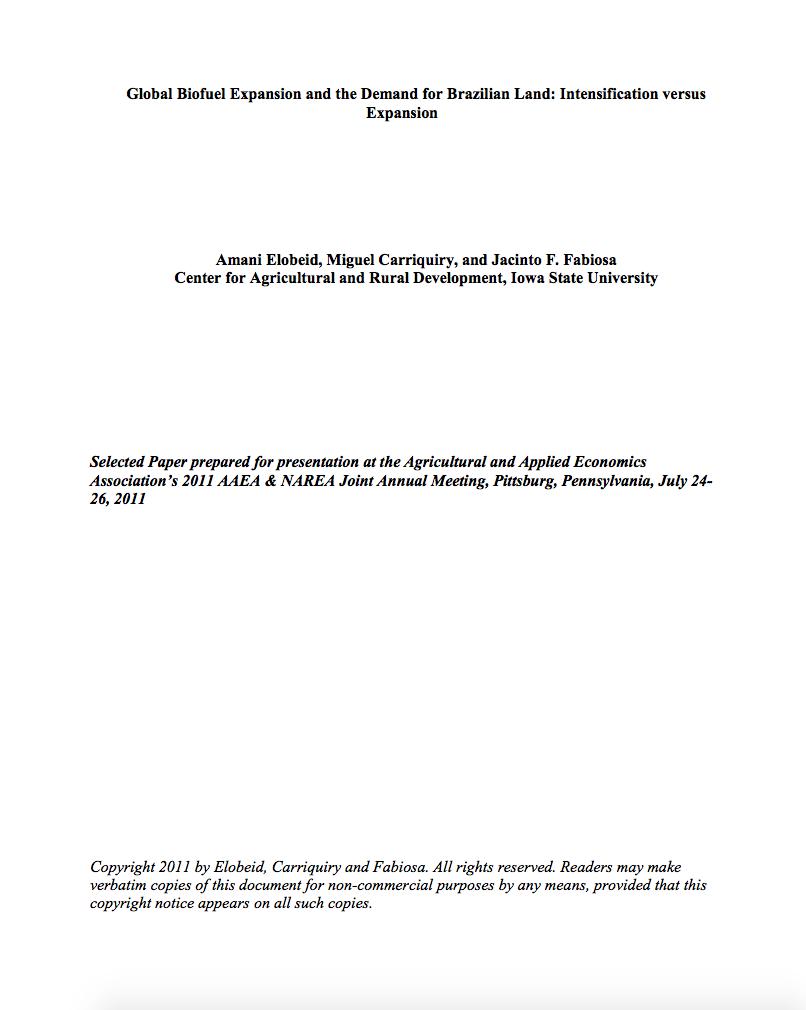What is AGRIS?
AGRIS (International System for Agricultural Science and Technology) is a global public database providing access to bibliographic information on agricultural science and technology. The database is maintained by CIARD, and its content is provided by participating institutions from all around the globe that form the network of AGRIS centers (find out more here). One of the main objectives of AGRIS is to improve the access and exchange of information serving the information-related needs of developed and developing countries on a partnership basis.
AGRIS contains over 8 million bibliographic references on agricultural research and technology & links to related data resources on the Web, like DBPedia, World Bank, Nature, FAO Fisheries and FAO Country profiles.
More specifically
AGRIS is at the same time:
A collaborative network of more than 150 institutions from 65 countries, maintained by FAO of the UN, promoting free access to agricultural information.
A multilingual bibliographic database for agricultural science, fuelled by the AGRIS network, containing records largely enhanced with AGROVOC, FAO’s multilingual thesaurus covering all areas of interest to FAO, including food, nutrition, agriculture, fisheries, forestry, environment etc.
A mash-up Web application that links the AGRIS knowledge to related Web resources using the Linked Open Data methodology to provide as much information as possible about a topic within the agricultural domain.
Opening up & enriching information on agricultural research
AGRIS’ mission is to improve the accessibility of agricultural information available on the Web by:
- Maintaining and enhancing AGRIS, a bibliographic repository for repositories related to agricultural research.
- Promoting the exchange of common standards and methodologies for bibliographic information.
- Enriching the AGRIS knowledge by linking it to other relevant resources on the Web.
AGRIS is also part of the CIARD initiative, in which CGIAR, GFAR and FAO collaborate in order to create a community for efficient knowledge sharing in agricultural research and development.
AGRIS covers the wide range of subjects related to agriculture, including forestry, animal husbandry, aquatic sciences and fisheries, human nutrition, and extension. Its content includes unique grey literature such as unpublished scientific and technical reports, theses, conference papers, government publications, and more. A growing number (around 20%) of bibliographical records have a corresponding full text document on the Web which can easily be retrieved by Google.
Members:
Resources
Displaying 5096 - 5100 of 9579Land Use Planning of Way Betung Watershed for Sustainable Water Resources Development of Bandar Lampung City
Way Betung watershed is one of the important water resources in Lampung Province and it provides a clean water for Bandar Lampung City through a regional water supply company (PDAM). By the increase of population and economical activities of Bandar Lampung City, the need of clean water also increase, however by the time, the conditions of Way Betung watershed as water resources are declining. Therefore, to improve or to restore Way Betung watershed, a high cost is needed.
Land Suitability for Developing Soybean Crops in Bumi Nabung and Rumbia Districts, Central Lampung
Bumi Nabung district consists of 6 villages with a total area of 7,810 ha which are divided into 251 ha of rain fed rice lands, 4,908 ha of dry land, 1,317 ha of lowland, 1,158 ha of yards and 176 ha of others. Rumbia district consists of 14 villages which has a total area of 22,696 ha of land consisting of 2,728 ha of yards, 17,358 ha of dry land, 326 rainfed paddy field, 839 ha of swamp land, 1,470 ha of lowland and 4,232 ha of others.
Assessing current and potential patterns of 16 forest species driven by climate change scenarios in México
In order to analyze the impacts of climate change on species endowed with forestry relevance, the present study practiced simulations in the potential distribution of 16 forest species inside the Mexican Republic’s temperate, tropical, and semiarid zones. For the examination of this effect we pictured the base scenario,as well as three models of climate change (GFDL-CM-2.0, MPI-ECHAM-5, HADGEM-1) that would take place under the socio-economic scenarios A2 and B2 by 2050.
Migration and land rental as risk response in rural China
Households in developing countries take various actions to smooth income or consumption as a means of managing or responding to risk. This paper examines migration and land rental market participation as responses to risk in rural China. The authors show that over the last 30 years, there have been significant reforms in China, which have increased labour mobility and the functioning of rural land markets. The authors emphasise that while limitations still remain, the reforms have to date increased the efficiency of the allocation of these important factors of production.
Global biofuel expansion and the demand for Brazilian land: intensification versus expansion
The rapid increase in global biofuel production and consumption, particularly of ethanol, has an associated derived demand for crops to produce the necessary feedstock. This working paper assess the implications of global biofuel expansion on Brazilian land usage at the regional level.The document reveals that most of the expansion in global ethanol consumption outside the US is met by Brazilian ethanol production.




